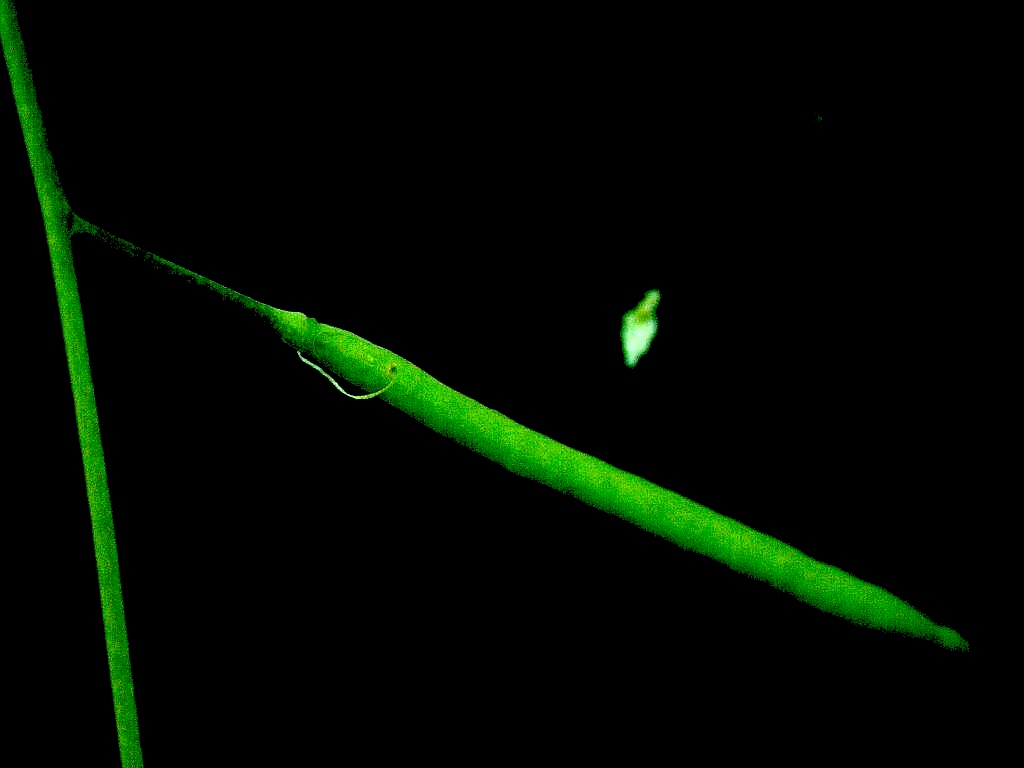Team:University of Alberta/Plant Project
From 2008.igem.org
(→Time line) |
|||
| (13 intermediate revisions not shown) | |||
| Line 1: | Line 1: | ||
| + | {| align="center" | ||
| + | <span class="plainlinks">[{{SERVER}}{{localurl:Team:The_University_of_Alberta}} https://static.igem.org/mediawiki/2008/a/af/HOMEUAB.png]</span> | ||
| + | <span class="plainlinks">[{{SERVER}}{{localurl:Team:The_University_of_Alberta/Team}} https://static.igem.org/mediawiki/2008/7/7c/TEAMUA.png]</span> | ||
| + | <span class="plainlinks">[{{SERVER}}{{localurl:Team:The_University_of_Alberta/Project}} https://static.igem.org/mediawiki/2008/7/7e/PROJECTUA.png]</span> | ||
| + | <span class="plainlinks">[{{SERVER}}{{localurl:Team:The_University_of_Alberta/Parts}} https://static.igem.org/mediawiki/2008/c/c0/PARTSUA.png]</span> | ||
| + | <span class="plainlinks">[{{SERVER}}{{localurl:Team:The_University_of_Alberta/Notebook}} https://static.igem.org/mediawiki/2008/f/f9/NOTEBOOKUA.png]</span> | ||
| + | {| align="center" | ||
| + | |||
| + | <br> | ||
| + | ==Introduction== | ||
| + | To date, synthetic biology has focused largely on single cell organisms. The goal of our project is to build BioBrick to facilitate application of synthetic biology principles to the genetic engineering of higher plants. We are developing standardized, open source binary vectors, promoters, and resistance genes for use in plants, each of which is to conform to BioBrick specifications. The application of the BioBricks in transformation of protoplasts and whole plants of tobacco and Arabidopsis, respectively, will be demonstrated, as well as a general strategy for increasing the general availability of synthetic biology tools for plant genetic engineering. | ||
== IGEM's First Binary Vector == | == IGEM's First Binary Vector == | ||
[[image:Binary Vector.png]] | [[image:Binary Vector.png]] | ||
| Line 5: | Line 16: | ||
We have added in our own poly linker which includes the proper prefix, suffix and primers to coincide with the IGEM regulations. We also added a CAM resistance cassette. | We have added in our own poly linker which includes the proper prefix, suffix and primers to coincide with the IGEM regulations. We also added a CAM resistance cassette. | ||
| - | == | + | ==Useful Plant Protocols== |
| - | + | ||
| - | + | ||
| - | + | ||
[[Growing Plants]]<br> | [[Growing Plants]]<br> | ||
[[Selection of Primary Transformants]]<br> | [[Selection of Primary Transformants]]<br> | ||
[[Transformation Protocol]] | [[Transformation Protocol]] | ||
| - | == | + | ==Status of Project== |
| - | + | Currently we have the polylinker and the vector that we are introducing it into (p0380). We have optimized the vector p0380 using site directed mutagenesis to remove all pre-existing notI sites from the vector. At the moment we are in the process of verifying that our polylinker has been successfully inserted into the vector. Due to the fact that we cannot say for sure if our polylinker has made it into the vector our vector will have to be submitted after the jamboree. | |
| + | |||
| + | '''First Seed Pod of the project'''<br> | ||
| + | [[image:first seed pods.jpg|200px]] | ||
| - | ''' | + | ==Journal Articles of Interest== |
| - | + | ===Plant Info=== | |
| - | + | <li>'''The Basic Helix–Loop–Helix Transcription Factor Family in Plants: A Genome-Wide Study of Protein Structure and Functional Diversity''': | |
| + | Marc A. Heim, Marc Jakoby, Martin Werber, Cathie Martin, Bernd Weisshaar, and Paul C. Bailey | ||
| + | <Br> | ||
| + | [http://mbe.oxfordjournals.org/cgi/content/full/20/5/735 Link] | ||
| - | ''' | + | ===Cell Free=== |
| - | + | <li>'''Biosensor immunoassays for the detection of bisphenol A''': Gerardo R. Marchesinia, b, c, , , Eline Meulenberga, Willem Haasnootb and Hubertus Irthc | |
| - | + | <br>[http://www.sciencedirect.com/science?_ob=ArticleURL&_udi=B6TF4-4D04TNM-1&_user=1067472&_rdoc=1&_fmt=&_orig=search&_sort=d&view=c&_acct=C000051251&_version=1&_urlVersion=0&_userid=1067472&md5=4aab2bf3161d728c5c3bd69a3c418800 Link] | |
| - | + | ||
| - | + | ||
| - | + | ||
| - | + | <li>'''Basis of a High-Throughput Method for Nuclear Receptor Ligands''': Tomohiko Kanayama, Satoru Mamiya, Tsutomu Nishihara and Jun-ichi Nishikawa J. Biochem. 133, 791–797 (2003)<br>[http://jb.oxfordjournals.org/cgi/reprint/133/6/791?maxtoshow=&HITS=10&hits=10&RESULTFORMAT=1&author1=kanayama&author2=nishikawa&andorexacttitle=and&andorexacttitleabs=and&andorexactfulltext=and&searchid=1&FIRSTINDEX=0&sortspec=relevance&resourcetype=HWCIT Link]<br> | |
| - | + | ||
| - | + | ||
| - | ''' | + | |
| - | + | ||
| - | + | ||
| - | + | ||
| - | + | ||
Latest revision as of 23:25, 29 October 2008
Contents |
Introduction
To date, synthetic biology has focused largely on single cell organisms. The goal of our project is to build BioBrick to facilitate application of synthetic biology principles to the genetic engineering of higher plants. We are developing standardized, open source binary vectors, promoters, and resistance genes for use in plants, each of which is to conform to BioBrick specifications. The application of the BioBricks in transformation of protoplasts and whole plants of tobacco and Arabidopsis, respectively, will be demonstrated, as well as a general strategy for increasing the general availability of synthetic biology tools for plant genetic engineering.
IGEM's First Binary Vector
Our Binary Vector is a modified pCambia 0380 binary vector [link] We have added in our own poly linker which includes the proper prefix, suffix and primers to coincide with the IGEM regulations. We also added a CAM resistance cassette.
Useful Plant Protocols
Growing Plants
Selection of Primary Transformants
Transformation Protocol
Status of Project
Currently we have the polylinker and the vector that we are introducing it into (p0380). We have optimized the vector p0380 using site directed mutagenesis to remove all pre-existing notI sites from the vector. At the moment we are in the process of verifying that our polylinker has been successfully inserted into the vector. Due to the fact that we cannot say for sure if our polylinker has made it into the vector our vector will have to be submitted after the jamboree.
Journal Articles of Interest
Plant Info
Link
Cell Free
Link
Link
 "
"





